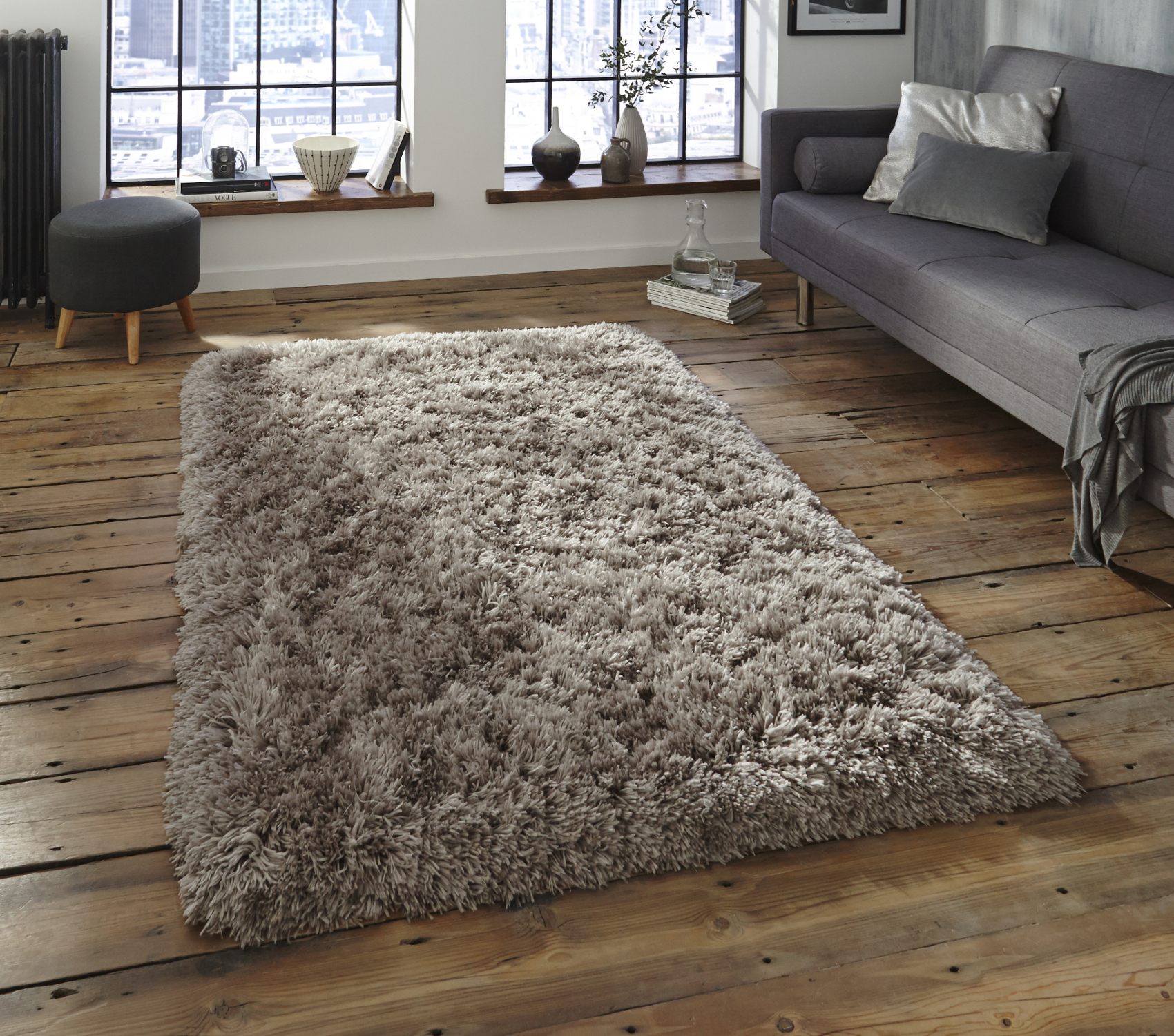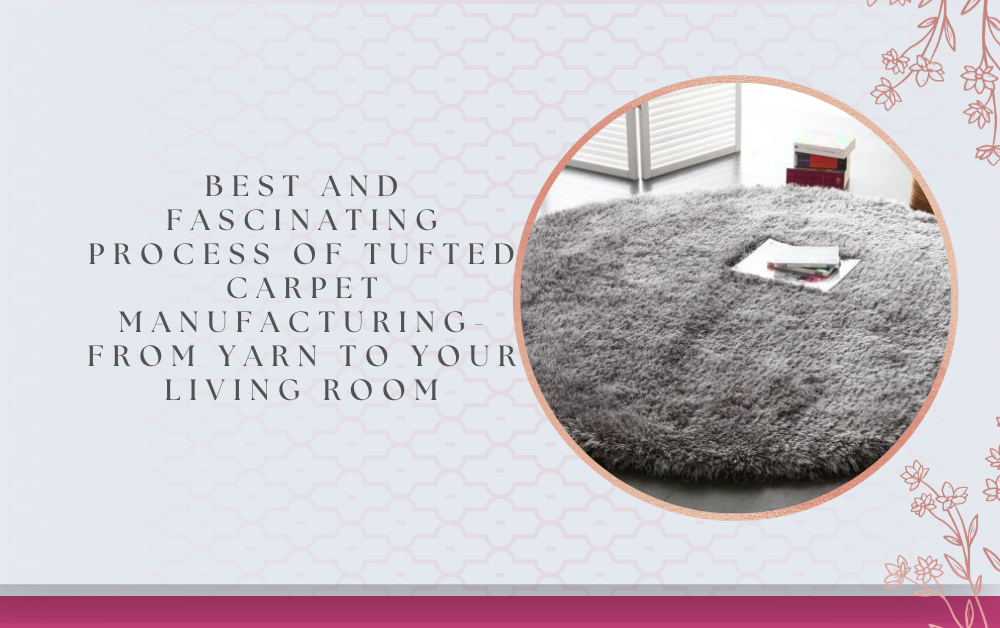Best and Fascinating Process of Tufted Carpet Manufacturing- From Yarn to Your Living Room
Introduction
Tufted carpets are a popular choice for many homes due to their durability, comfort, and aesthetic appeal. However, few people understand the intricate process involved in manufacturing these carpets. This article will take you on a detailed journey through the steps of tufted carpet manufacturing, revealing the complexities and craftsmanship behind each carpet that ends up in your living room. From the initial selection of materials to the final finishing touches, we will uncover the fascinating details that ensure the quality and beauty of tufted carpets.
Selecting the Right Yarn
The first crucial step as a Tufted carpet manufacturer in UAE is selecting the right yarn. The type and quality of yarn used significantly impact the carpet’s appearance, feel, and durability.
Types of Yarn
There are various types of yarn used in tufted carpet manufacturing, including wool, nylon, polyester, and polypropylene. Each type of yarn offers different benefits. For instance, wool is known for its softness and natural resilience, making it a premium choice. Nylon is highly durable and resistant to stains, while polyester offers vibrant colors and is budget-friendly. Polypropylene, on the other hand, is highly resistant to moisture and mildew.
Yarn Preparation
Once the yarn type is chosen, the preparation process begins. This involves dyeing the yarn to achieve the desired color and then twisting it to enhance its strength and texture. The dyeing process can be done using various methods, such as solution dyeing, which involves adding color to the yarn during its production, or piece dyeing, where the yarn is dyed after it has been spun. Twisting the yarn adds bulk and resilience, which are essential for the carpet’s overall performance.
Tufting Process
The core of tufted carpet manufacturing lies in the tufting process. This step involves inserting the yarn into a primary backing material to create the carpet’s surface.
Setting Up the Tufting Machine
The tufting machine is set up with rows of needles that correspond to the desired carpet width. The backing material is fed into the machine, and the yarn is threaded through the needles. The machine operates at high speed, punching the needles through the backing material and creating loops or cut piles on the surface.
Creating the Carpet Pile
The tufting process can create different types of carpet piles, including loop pile and cut pile. Loop pile carpets are made by leaving the yarn loops uncut, resulting in a textured surface that is highly durable and resistant to wear. Cut pile carpets, on the other hand, involve cutting the loops, which creates a plush, soft surface that is ideal for comfort and aesthetic appeal. There are also variations such as cut and loop pile, which combine both types to create intricate patterns and textures.
Quality Control
Throughout the tufting process, quality control is crucial. Operators monitor the machine to ensure that the yarn is being inserted correctly and that the pile height and density are consistent. Any defects or irregularities are identified and corrected promptly to maintain the carpet’s quality.
Applying the Secondary Backing
After the tufting process, the carpet undergoes a secondary backing application to enhance its stability and durability.
Adhesive Application
A layer of adhesive is applied to the back of the tufted carpet to secure the yarn in place and attach the secondary backing. The adhesive is typically made of latex, which provides flexibility and strength. The carpet is then passed through a heating chamber to cure the adhesive, ensuring that it bonds effectively with the yarn and the backing material.

Adding the Secondary Backing
The secondary backing, usually made of a more rigid material like jute or polypropylene, is then pressed onto the adhesive-coated surface. This additional backing provides structural support and prevents the carpet from stretching or distorting over time. It also enhances the carpet’s dimensional stability, making it easier to install and maintain.
Dyeing and Finishing
The dyeing and finishing processes are critical for achieving the final look and feel of the tufted carpet. These steps involve adding color, texture, and protective treatments to the carpet surface.
Piece Dyeing
If the yarn was not pre-dyed, the tufted carpet undergoes piece dyeing at this stage. The carpet is submerged in dye baths or sprayed with dye solutions to achieve uniform color. Advanced dyeing techniques, such as space dyeing, can create multi-colored effects by applying different colors along the length of the yarn.
Texturizing and Shearing
To achieve the desired texture and appearance, the carpet may undergo texturizing and shearing processes. Texturizing involves treating the carpet with heat or steam to create a more defined pile and enhance the softness. Shearing, on the other hand, involves trimming the carpet pile to a uniform height, removing any loose fibers, and giving the carpet a smooth, even surface.
Adding Protective Treatments
Protective treatments, such as stain and soil resistance, are applied to the carpet to enhance its durability and ease of maintenance. These treatments create a barrier that repels liquids and prevents dirt from penetrating the fibers, making the carpet easier to clean and maintain over its lifespan.
Final Inspection and Quality Assurance
The final inspection and quality assurance processes ensure that each tufted carpet meets the highest standards of quality and performance.
Visual Inspection
Trained inspectors carefully examine the carpet for any visible defects, such as color inconsistencies, pile irregularities, or backing issues. Any imperfections are noted, and the carpet is either corrected or discarded if it does not meet the quality criteria.
Performance Testing
Performance tests are conducted to assess the carpet’s durability, resilience, and resistance to wear and tear. These tests include abrasion resistance, tuft bind strength, and colorfastness. The results are compared against industry standards to ensure that the carpet performs well in real-world conditions.
Packaging and Shipping
Once the carpet passes the final inspection, it is packaged for shipping. The carpet is rolled, wrapped in protective materials, and labeled with product information. Careful packaging ensures that the carpet arrives at its destination in perfect condition, ready for installation.
Conclusion
The process of tufted carpet manufacturing is a complex and meticulous journey that transforms raw yarn into a finished product that enhances the beauty and comfort of homes. Each step, from yarn selection to the final inspection, involves careful attention to detail and quality control. By understanding the intricacies of this process, consumers can appreciate the craftsmanship and effort that go into creating high-quality tufted carpets. This comprehensive guide provides an in-depth look at the manufacturing process, shedding light on the dedication and expertise required to produce carpets that stand the test of time. Whether you are a consumer looking to make an informed purchase or a business exploring the carpet industry, understanding these steps will give you a deeper appreciation for the art and science of tufted carpet manufacturing.
Note :- To Read More Articles Visit on- allguestblog



